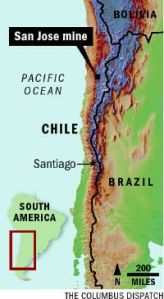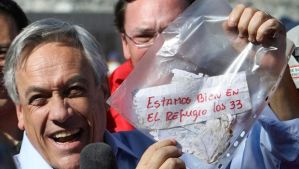History is witness to how different religions have influenced India over the years. The culture of this nation emphasises the embedding of religion into the lifestyle of its citizens from an early age. This is not restricted to a native religion like Hinduism but extends even to Islam, Christianity and Zoroastrianism.
Religion is a way of life; from the way we dress up to what we eat. It is hard for a person brought up in a typical Indian family to imagine life without religion. It is so deeply rooted in our upbringing that it becomes an inseparable part of our identity. In certain cases, our indoctrination of religion also extends to demeaning other religions and provoking hatred towards them. Religious tolerance is a term that comes to the rescue in such cases. But, more than ‘tolerating’ other religions secularism should be about being comfortable with them.
For any individual, religious freedom is of utmost importance. It gives him a sense of identity and belonging. Tyrannical
enforcement or ban of religious activities is unjustified as it limits the individual’s fundamental right to pursue any religion. However, if certain religious practises tend to damage the social integrity or the security of a nation and its citizens, it is only logical to reconsider these practices. For example, the practice of Sati in Hinduism or the practice of polygamy in Islam can be considered to infringe on an individual’s right to life. While Sati was banned years ago, polygamy continues to exist.
To what extent can a secular state separate itself from religion, especially in a country like India where religion forms the social fabric of the state? Most political parties gain power by harnessing the might of religious attitudes. They refrain from hurting the sentiments of their ‘vote banks’ by raising religious issues. Interference with any religion, even on reasonable grounds like national security or personal freedom, can result in chaos. Besides, if anyone criticises a certain religious practice or ritual, advocates of the ‘suppressed’ religions go about destroying public property and harming innocent people instead of initiating rational dialogue. Where does this leave us as a nation?
Religion like any other entity that exists within the framework of a society and state, should be subject to change with time. A religion that does not customise itself to the well-being of its followers is sure to decease. Scholars and educators of different religions should not shy away from constructive criticism of their religion. Healthy criticism provokes thought, encourages debate and helps us evolve. Change can be brought about not through enforcement by the state by someone who understands the religion. Secularism denotes non-interference of state in any religious matter; the state and religion operate as separate power centres. But wherever religion threatens humanity, the entry of the state as protector is completely justified.













